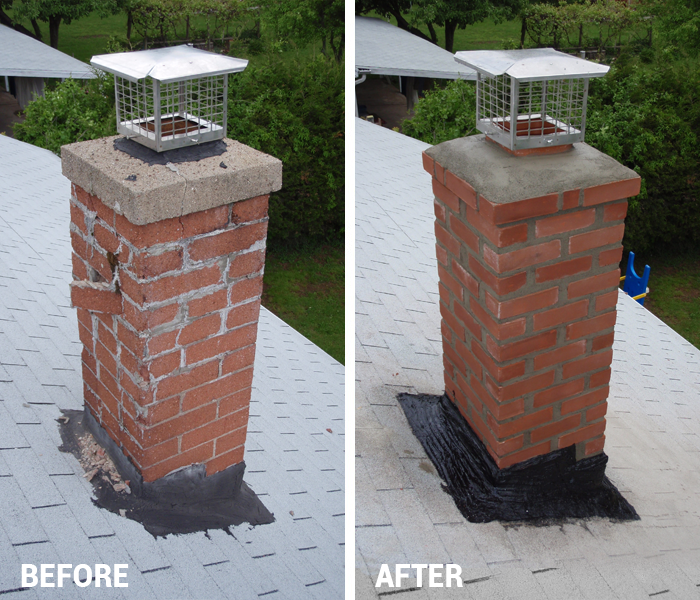unblocked games
unblocked games
unblocked games
What You Should Know
The Ins and Outs of Chimneys
1. What is the cause of chimney fires?
 Chimney fires are caused by a combustible residue called creosote that builds up over time through the mixture of fuel exhaust and moisture. Creosote can come in a variety of forms. It may be dry and flaky, drippy and sticky or hardened and shiny. This tar-like substance has the potential to combust explosively or slow and undetected.
Chimney fires are caused by a combustible residue called creosote that builds up over time through the mixture of fuel exhaust and moisture. Creosote can come in a variety of forms. It may be dry and flaky, drippy and sticky or hardened and shiny. This tar-like substance has the potential to combust explosively or slow and undetected.
Chimneys are designed to keep moisture out and heat in the flue. Over time, however, moisture makes its way through cracks in the crown or the inner walls caused by heating and cooling of unwanted moisture. The moisture is also caused by condensation when the heat meets the cooler air in the flue. These cracks deteriorate the protective layer and expose the outer bricks. If creosote builds up and is ignited, the flames and heat find their way through the cracks and begin to burn through the bricks. Another cause of these fires is improper airflow. This can be caused by a narrow damper, an improperly vented heating appliance or keeping the glass doors of the fireplace closed for too long. If the heat cannot properly flow through the flue, it will become trapped inside the flue. This gives the creosote the chance to combust.
2. How often does my chimney or appliance need to be cleaned or serviced?
If you are heating your home with coal, natural gas, oil, propane or wood, then it is recommended that you clean your chimney once a year as stated by The Chimney Safety Institute of America and National Fire Protection Agency. If soot rains down when you open or close your damper or if you are able to measure 1/8" of creosote (a dark brown or black tar), a chimney inspection by an expert should be done as soon as possible.
Oil Burner Chimneys
Oil Burner Chimneys function to pull fumes from the oil burner outside and thus need a required amount of air for the oil burner to operate properly. Soot and clay over time will generally fill the area that connects the horizontal pipe from the oil burner. It is important to maintain the ventilation of your oil burner chimney so that dangerous gases do not spill back into your home and for your burner to work at peak efficiency.
Gas Burner Chimneys
Gas burns very efficiently; however, gas appliances require regular maintenance in order to operate properly. Gas Burner Chimneys, in particular, require protective caps to ward off birds and squirrels, as well as protect from debris from wind or overhanging trees. Blockage in the chimney flue is an easy way for Carbon Monoxide to enter your home. Often older gas chimneys will contain an older terra cotta lining which will chip over time and can cause a blockage. Carbon Monoxide is an odorless, colorless gas, and could be a serious danger to your family.